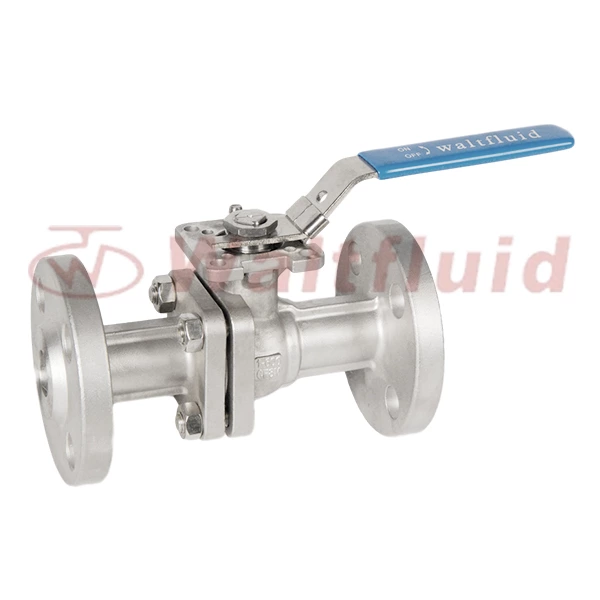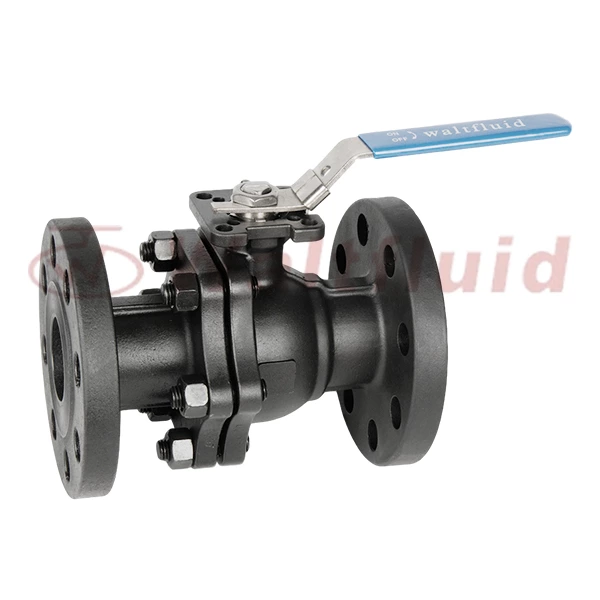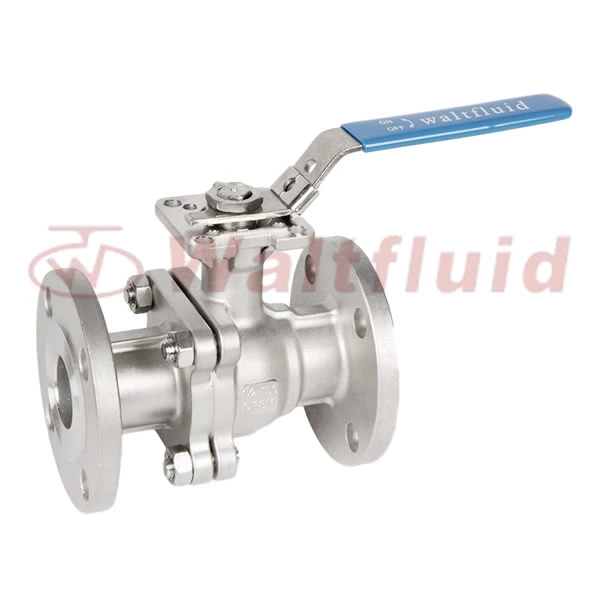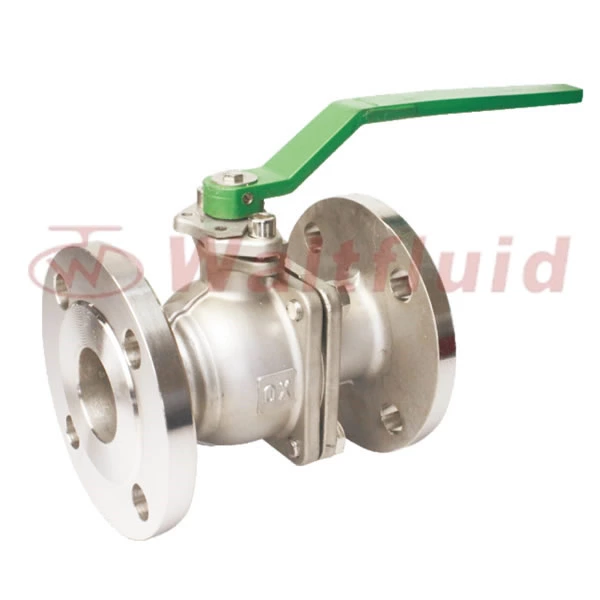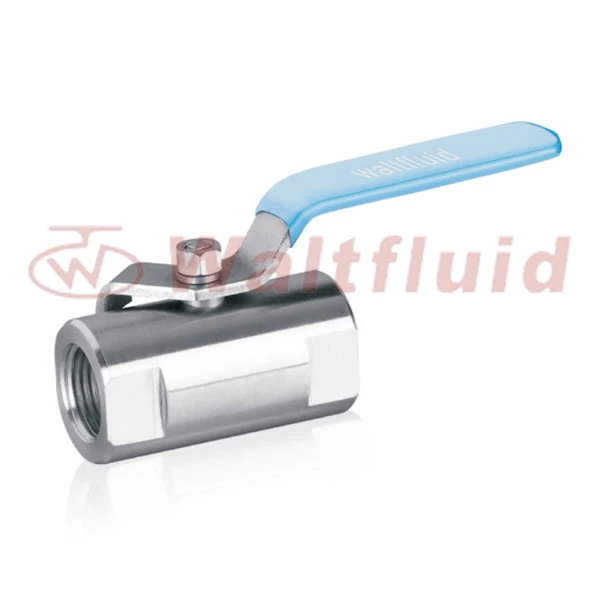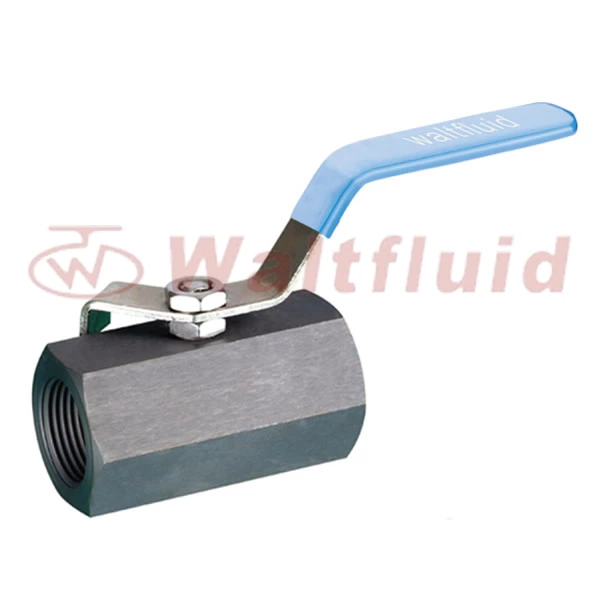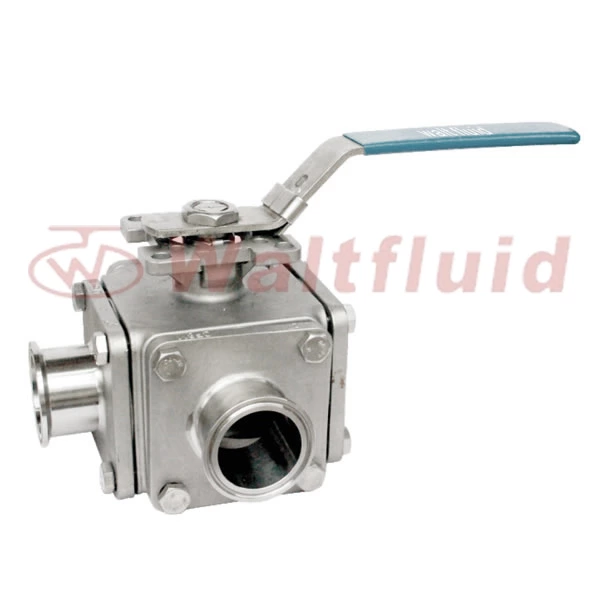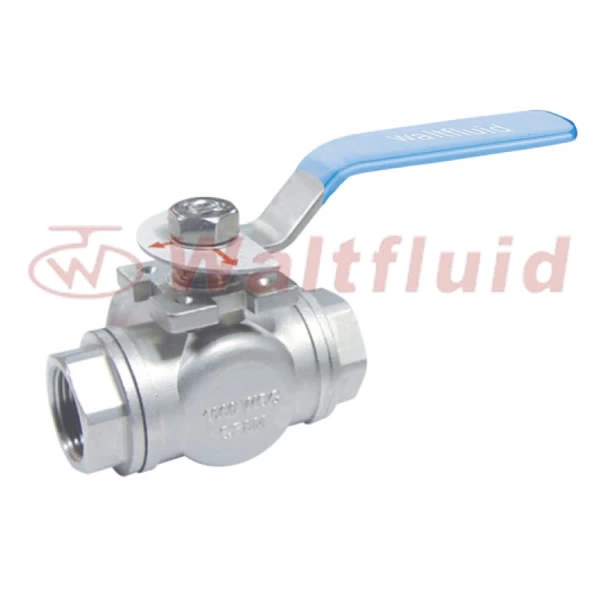Conditions And Functions That Qualified Stainless Steel Ball Valves Should Have
1 Piece Threaded Ball Valve is particularly suitable for high viscosity products, low Reynolds number, with suspended particles, and bubble medium measurement. The accuracy is not affected and limited by the electrical constant characteristics of the fluid medium. The special structural design has a diversion effect, and it is an incomparable substitute for detailed information occasions to prevent clogging.
According to the flow coefficient and nonlinear error coefficient, it has correction functions for parameters such as temperature change and density change. The measurement accuracy reaches about 0.5%, and the signal test of the standard current displayed on the spot can be done to achieve the output and automatic control coefficient. The computer network can automatically adjust the parameters.
The SDM wedge-shaped flow structure is simple, and the working performance is stable through parts and wear. The stainless steel ball valve has a reliable service life. Its measurement reaches the structural characteristics, and the stainless steel forms a blockage. Under low pressure, it is necessary to perform high-precision measurement under low Reynolds number conditions, and the requirements are met through ideal selection.
Stainless steel ball valves generally have two structures: reduced diameter and non-reduced diameter channel. Regardless of the structure, the flow resistance coefficient of the stainless steel ball valve is relatively small. In particular, the so-called full-flow type, that is, the ball valve without reduction, has a passage diameter equal to the inner diameter of the pipe, and the local resistance loss is only the friction resistance of the same length of the pipe, that is, among all valves, this ball valve has the smallest flow resistance.
Stainless steel ball valves can be closed tightly with only a 90-degree rotation and a very small torque. The completely equal inner cavity of the valve body provides a very small resistance and straight flow channel for the medium. The main features of stainless steel ball valves are compact structure, easy operation and maintenance, suitable for general working media such as water, solvents, acids and natural gas, and also suitable for media with harsh working conditions, such as oxygen, hydrogen peroxide, methane and ethylene. The ball valve body can be integral or combined. This article mainly briefly describes the limiting factors of stainless steel ball valves during use.
Stainless steel ball valves are subject to temperature and pressure restrictions:
The nameplate shows the maximum operating pressure allowed by the ball valve at the maximum and minimum operating temperatures.
The operating temperature should be between -290C and 2000C for valve seats and seals made of PTFE or RTFE. The operating temperature of other types of valve seats and seals should be checked by KI factory.
The nominal pressure rating (PN) of the stainless steel ball valve indicates the maximum working pressure of the valve under normal temperature conditions. (For example: PN4.0 indicates that the maximum working pressure is 40 Bar (4.0MPa) when the operating temperature is -290C ~ 380C).
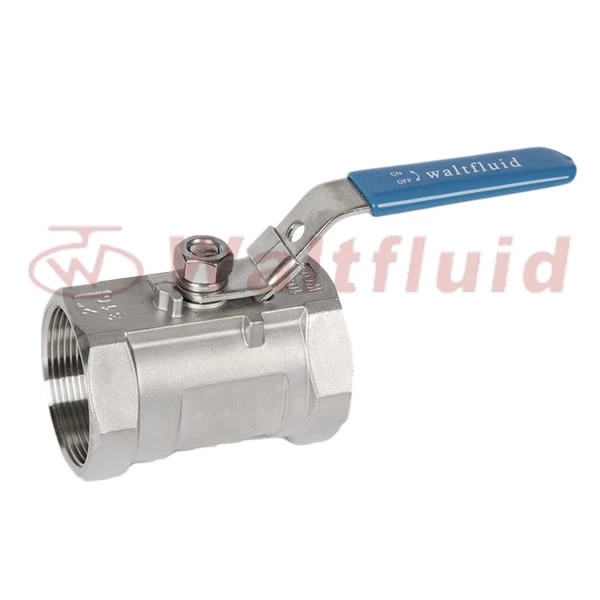
 English
English 中文
中文 Pусский
Pусский  Español
Español
